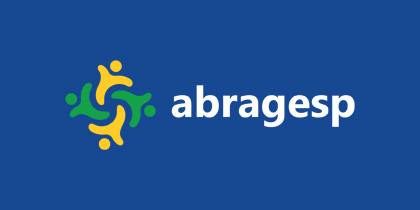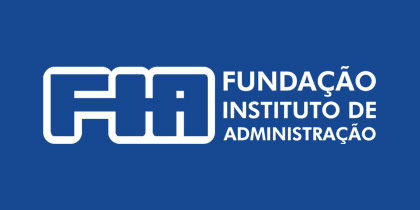Diagnosis of Undergraduate and Graduate Courses in Brazilian Physical Education
Keywords:
Higher Education, Physical education, Professional trainingAbstract
This article will focus on the higher education environment in Physical Education, in particular professional training in Brazil. Regardless of the scientific current, learning and professional training in Physical Education in the higher education educational environment has been a space for discussion that goes through different political and theoretical perspectives. The aim of this study was to identify higher education courses (undergraduate and postgraduate) in Physical Education. In addition, it is hoped to provide more information about this context and consequently provoke reflection on professional training in Physical Education in Brazil. This research is characterized as descriptive and for data collection we used the National Register of Higher Education Courses and Institutions of the Ministry of Education in the second half of 2022. Through this platform, the number of undergraduate and specialization courses, course status, course modality, type of higher education institution and other relevant information for a diagnosis of professional training in the educational environment was collected, and documentary analysis was carried out. As the data was obtained from publicly accessible documents, there was no need for authorization from the Ethics Committee to carry out this study. Descriptive statistics were used to analyze the data collected. Microsoft Office Excel 2016 was used to help organize the data, both statistically and interpretatively. The results show a predominance of courses from private institutions and an unprecedented diagnosis in Lato sensu postgraduate courses, as there were more courses with the name "Sport". The results of the undergraduate courses in Physical Education confirm that Sport in Brazil remains the responsibility of the field of Physical Education. In the specialization courses, there was a predominance of "School Physical Education" courses compared to the other areas of knowledge, which is understandable even from the point of view of the job market and possibilities for work. Some other reflections emerge from the results analyzed, such as the size of the educational market / courses in private educational institutions in Physical Education; the comparison of the national context with the international context on Sports Science; the segments of Lato sensu postgraduate courses (specialization); among others. It is hoped that the results presented will be informative, but also, and above all, will prompt reflection on the training of professionals in higher education in Physical Education in the country. Future studies could analyze the quality of this professional training, in order to assess the existence and consistency of professionals (teachers and researchers) who train professionals, for example.







